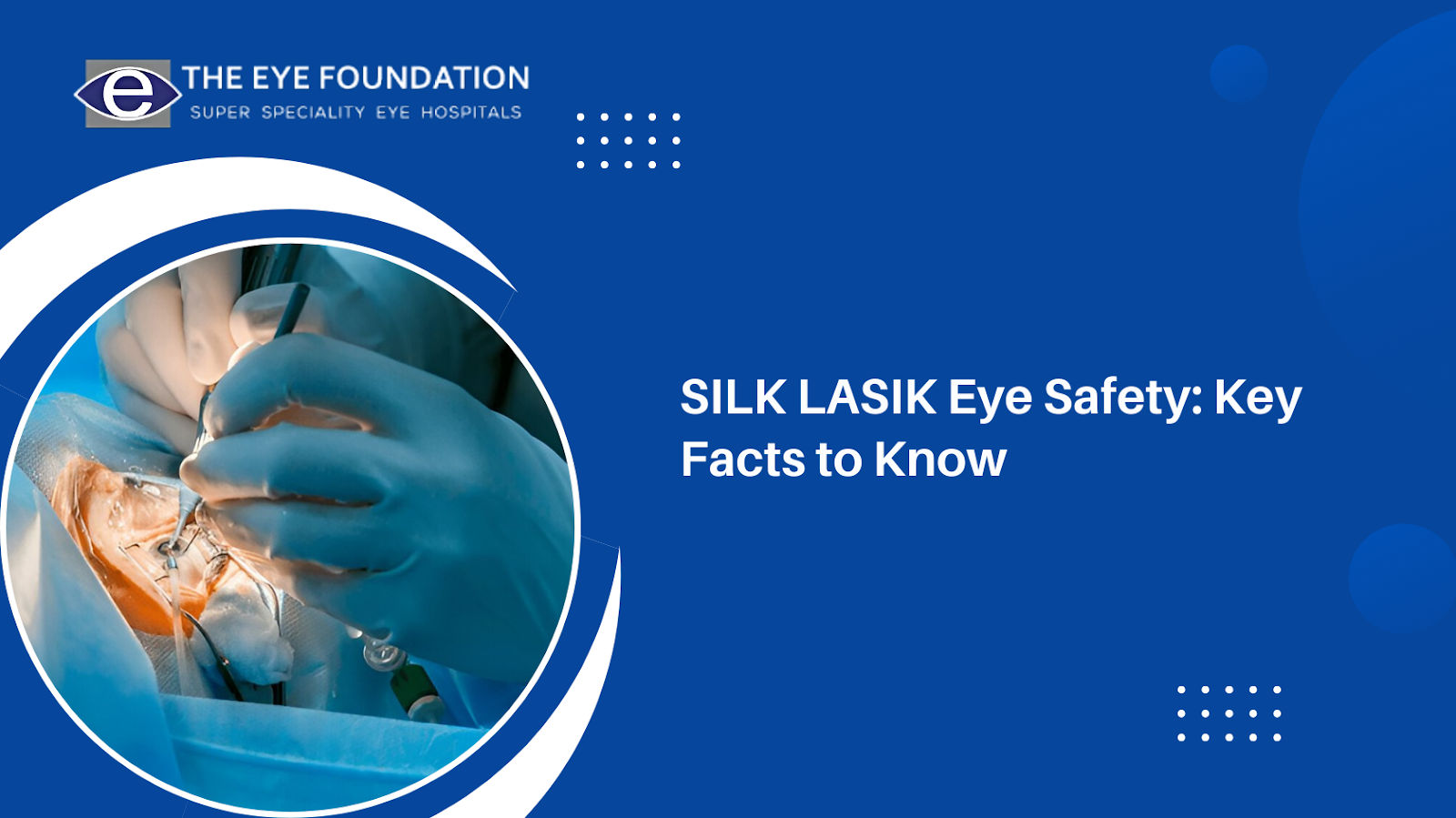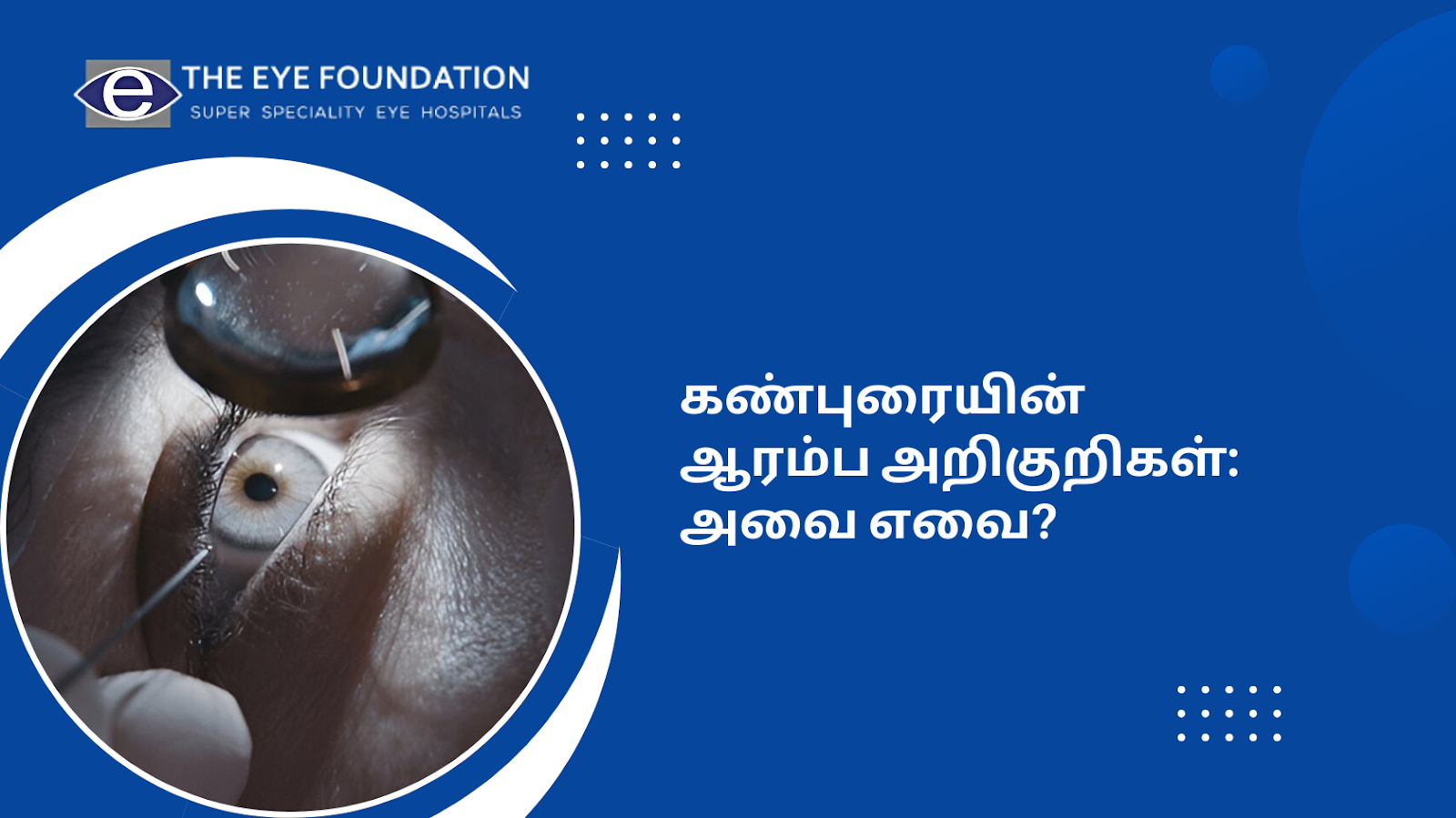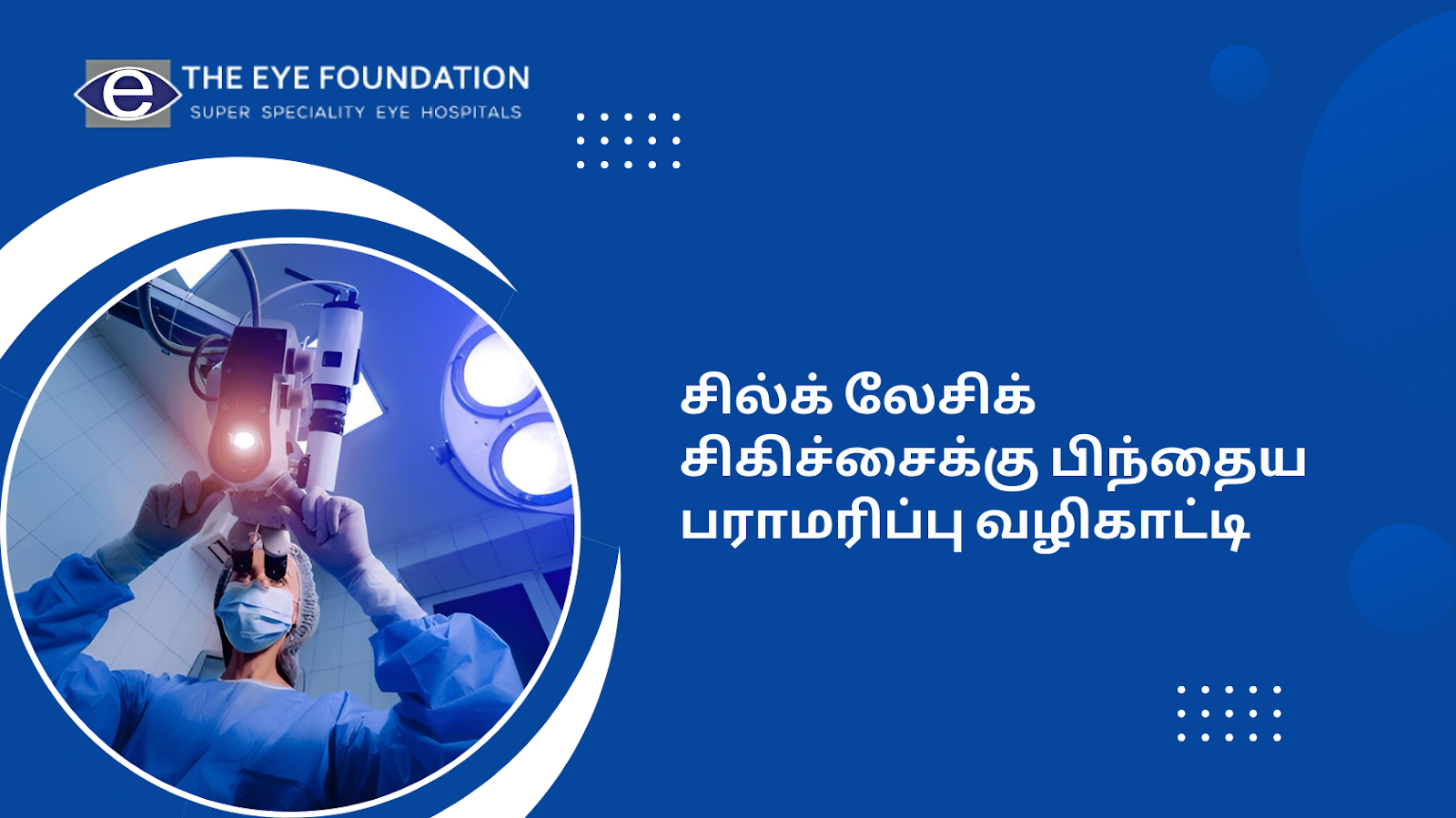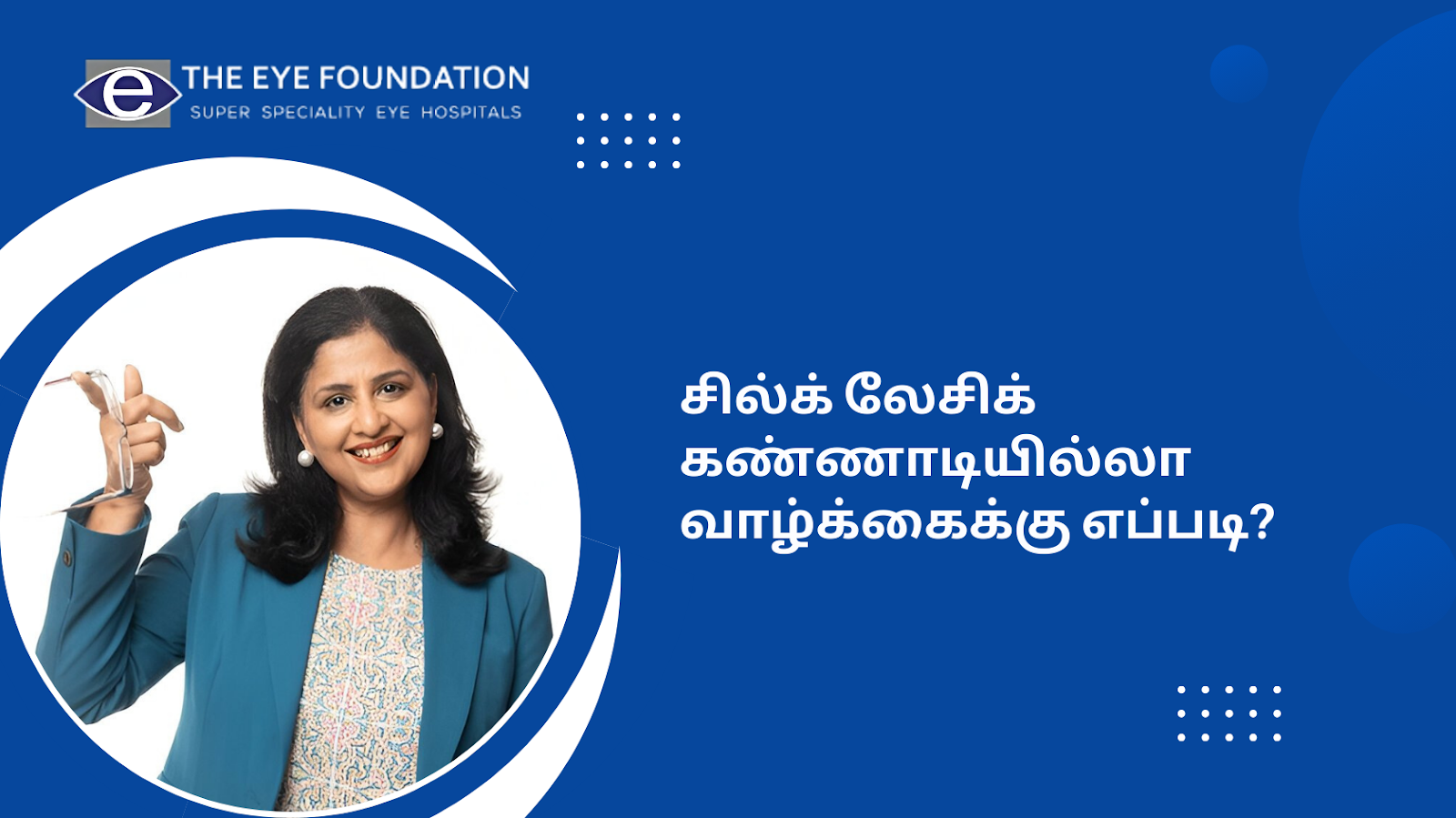Advancements in vision correction surgery have changed the experience of living with glasses and contact lenses. One of the latest technologies to hit laser eye surgery is SILK LASIK (Smooth Incision Lenticule Keratoplasty LASIK). This technique offers a reformulated, precise, and minimally invasive method for correcting refractive errors.
The priority for patients seeking laser eye surgery is safety, and this article will discuss SILK LASIK eye safety, how the technology works, the benefits compared to conventional (LASIK) laser surgery and what you can do to optimize outcomes.
SILK LASIK is a new technology used in refractive procedures where a femtosecond laser is utilized to create the lenticule. Unlike LASIK (laser-assisted-in-situ keratomileusis), SILK uses an ultra-thin, smooth lenticule extraction technique. In essence, the laser creates a lenticule (a small disk of corneal tissue) that is then extracted through a micro-incision. The lenticule procedure reversibly corrects nearsightedness, farsightedness, and astigmatism without significant disruption to the corneal anatomy.
Because SILK LASIK is minimally invasive, it is one of the safest and most comfortable surgical options available today.
Why Safety Matters in LASIK Procedures
The eyes are some of the most sensitive organs in the human body, and any procedure poses risks. Patients often ask:
- Will my vision be stable?
- Will I experience complications?
- What is the recovery timeline?
SILK LASIK eye safety can give reassurance to patients by combining advanced laser technology in a very safe manner with a less invasive approach for a faster recovery and long-term stabilization.
Key Safety Advantages of SILK LASIK
1. Minimal Invasion with a Small Incision
To perform LASIK surgery, the surgeon creates a corneal flap, which can lead to flap complications or dryness. For SILK LASIK, only a small incision (2-3 mm) is made to remove assisted or manual, so the risks of complication will be reduced and faster recovery.
2. Preserves Corneal Strength
Because no larger corneal flap is created, the overall corneal integrity is maintained, which may decrease the potential risk of developing ectasia (weakening of the cornea) with LASIK.
3. Smooth Laser Precision
The laser used in SILK LASIK is precise at the femtosecond speed, working in micron levels of accuracy. To this end, it is no surprise that the edges created on the lenticule are smooth and lead to less irritation and inflammation.
4. Lower Risk of Dry Eye
Dry eye is one of the leading side effects with standard LASIK. Since SILK LASIK cuts through the corneal nerves with less actual trauma, this significantly decreases the potential risk of dry eye after surgery.
5. Faster Recovery and Comfort
Patients routinely indicate less discomfort after SILK LASIK compared to surgery with flaps. Most patients can typically return to normal activities within 24 to 48 hours.
Who is Eligible for SILK LASIK?
Undoubtedly SILK LASIK is safe; however, not everyone will be a qualified candidate for this procedure.It is generally recommended by doctors for individuals who are:
▪ Age of 18 or older
▪ Stable eye prescription for at least one year
▪ Mild to moderate myopia, hyperopia, or astigmatism
▪ Adequate corneal thickness
Patients with advanced eye disease(s) including glaucoma, keratoconus, and retinal disease may not be a good candidate. A thorough consultation at a trusted eye hospital is necessary.
Pre-Operative Safety Measures
To optimize the safety of SILK LASIK for your eyes, doctors typically recommend:
- Comprehensive eye evaluations including corneal topography and measurement of corneal thickness
- Stopping contact lens wear for 1–2 weeks before surgery
- Not wearing makeup or lotion, or perfume on the day of surgery
- Review of medical history especially including diabetes, autoimmune disease(s), or medication(s).
Post-Surgery Safety Precautions
Although SILK LASIK is minimally invasive, aftercare is important regardless if the procedure is minimally invasive, the aftercare is important:
- Proper use of prescribed eye drops, including antibiotics and lubricating eye drops
- Avoid rubbing or pressing on the eyes
- Use protection for the eyes for a few days, protecting your eyes from dust and sun
- Avoid swimming and/or lifting weights at the gym, for up to a week
- Follow all post-operative appointments to ensure proper healing
When considering vision correction safety is never negotiable. The safety of SILK LASIK vision correction, is supported by the individualized care and information relating to the minimally invasive technique, preservation of corneal strength, less risk of dry eyes, and quicker recovery time. SILK LASIK is an option for patients wanting a safe, innovative, and tested form of laser vision correction.
At The Eye Foundation, we use leading world technology combined with the experience of highly trained surgeons to provide superior standards of safety for your SILK LASIK procedure. Our patient centered model means the entire experience from consultation through recovery, you will be carefully guided to ensure clear lasting vision.
Start your journey to clearer, safer vision today. Call The Eye Foundation for Book an appointment today and see if SILK LASIK is right for you.






